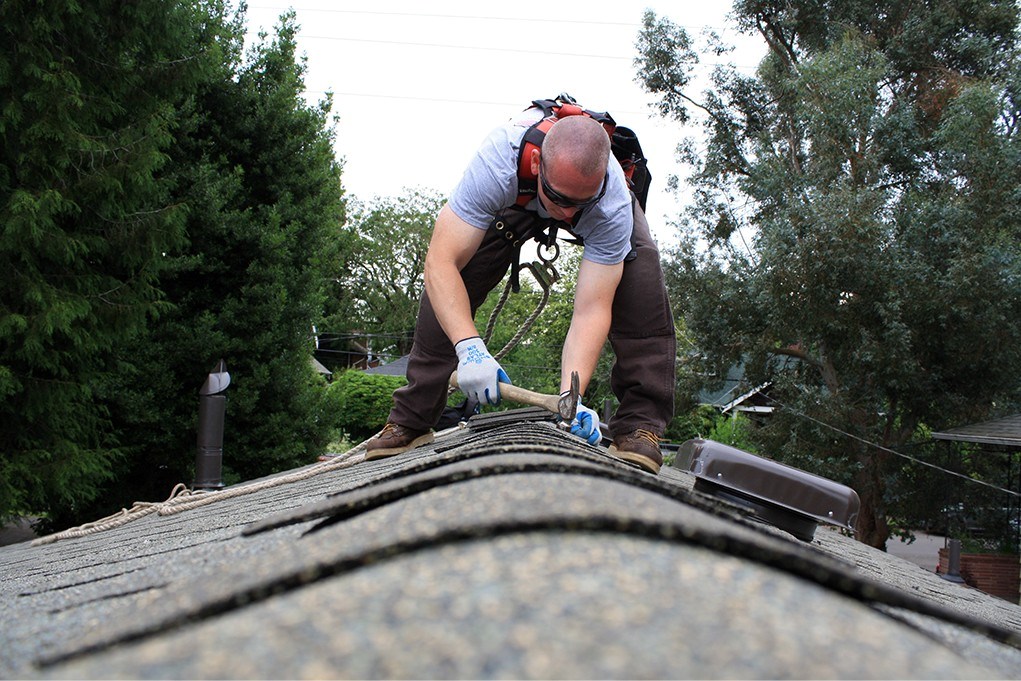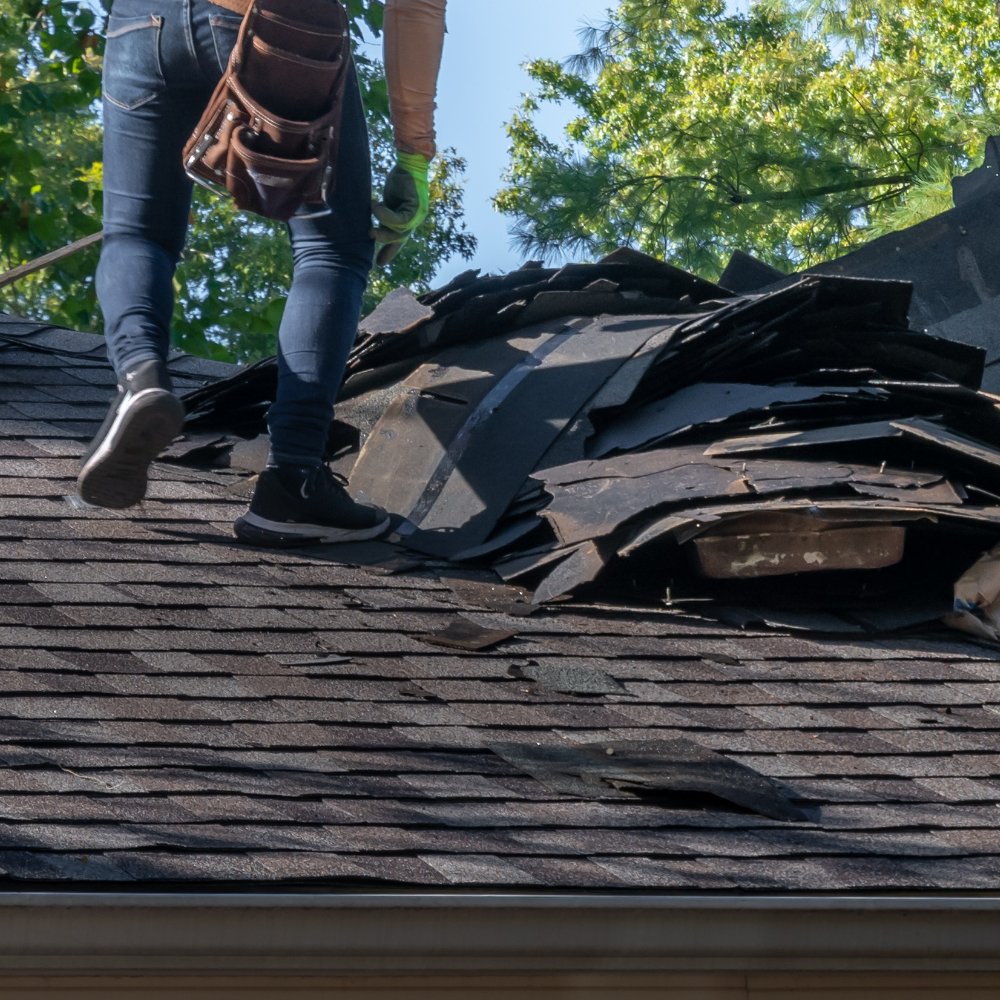Relied On and Skilled Team at Northeast Ohio Roofing Contractors for Any Roofing Needs
Relied On and Skilled Team at Northeast Ohio Roofing Contractors for Any Roofing Needs
Blog Article
A Comprehensive Overview to the Installation Process of a Skylight Roofing
The installment of a skylight roof is a diverse procedure that calls for precise planning and execution to guarantee ideal efficiency and visual allure. This overview will certainly outline the important steps included, from choosing the suitable skylight kind to the important devices and materials needed for an effective installation. Recognizing the subtleties of structural stability and waterproofing is paramount, as these factors directly influence the long life of your skylight. As we explore each stage, it ends up being clear that interest to detail is not just beneficial yet vital for achieving a seamless assimilation of natural light right into your room.

Comprehending Skylight Types
When taking into consideration a skylight installment, it is important to comprehend the numerous kinds available, each developed to accomplish various aesthetic and functional requirements. One of the most common sorts of skylights include fixed, aired vent, tubular, and operable designs.
Fixed skylights are non-opening units that offer mostly to offer all-natural light and improve interior spaces. Vented skylights, on the various other hand, feature a device that enables them to open, promoting air movement and decreasing humidity degrees.
Tubular skylights are compact and made to record sunshine through a tiny dome on the roofing, transporting it down a reflective tube into the living area. This type serves for smaller sized locations or areas that need added light without jeopardizing ceiling height. Finally, operable skylights integrate both natural light and ventilation, making them functional in numerous settings.
Each skylight type provides unique advantages, and the option depends on elements such as the intended use of the room, local climate, and building design. Therefore, recognizing these options is essential for making a notified choice.
Preparing for Setup
Picking the ideal sort of skylight is just the start; adequate preparation for setup is essential for guaranteeing an effective project. Prior to launching the installment process, it is vital to assess the structural stability of the roofing where the skylight will certainly be installed. This involves checking for any type of indicators of damage, such as rot or leaks, which might endanger the installation and lead to future issues.
Following, it is vital to plan the location of the skylight meticulously. Think about variables such as sunlight direct exposure, possible blockages (like trees or neighboring buildings), and the general aesthetic appeals of the room. Marking the area clearly will help in envisioning the last outcome and assistance avoid errors during installment.
In addition, assessing neighborhood structure codes and acquiring required licenses is imperative to ensure compliance with regulations. This step will certainly aid avoid possible fines and make certain the safety and security and validity of the installment.
Devices and Products Needed
A successful skylight installation needs a details set of products and devices to ensure precision and performance throughout the procedure. Important devices include a measuring tape, degree, round saw, and utility knife, which are essential for accurate dimensions and reducing. A drill and ideal drill bits are needed for creating openings for installing brackets, while a hammer and screws or nails are required for protecting the skylight in place.
The skylight device itself need to be selected based on the dimension and kind ideal for the roof covering. Roof concrete and caulking are also called for to give extra waterproofing around the skylight edges.
Security devices, Recommended Reading such as handwear covers, safety glasses, and a construction hat, should not be ignored to secure against prospective risks throughout the installment. Tarpaulins or drop cloths can be valuable to capture particles and protect the inside of the room below. Collectively, these tools and materials lay the structure for an effective skylight setup.
Step-by-Step Installment Refine
Efficiently setting up a skylight involves a systematic technique that makes sure both performance and aesthetic appeals. Begin by noting the desired location on the ceiling, guaranteeing it aligns with the architectural components of the roof. Next off, cut an opening that represents the measurements of the skylight frame, making sure to avoid any electrical wiring or plumbing.
Once the opening is prepared, mount flashing around the border to draw away water away from the skylight. This is critical for avoiding leaks. Position the skylight into the opening, ensuring it rests flush with the roofline. Safeguard it in position using nails or screws, according to the supplier's specifications.
Next, apply roof cement along the edges of the skylight and around the flashing to create a leak-proof seal. Correctly evaluating the skylight ensures toughness and enhances its visual charm, offering a gorgeous source of natural light for years to come.
Wrapping Up and Keeping Your Skylight
After the setup of your skylight is full, it's important to conclude the procedure by making certain that all completing touches are applied and appropriate upkeep regimens are developed. Begin by inspecting the inside and exterior seals for any voids or variances that can result in leakages. Appropriate sealing is important for the durability of your skylight.
Following, clean the glass surface with a mild, non-abrasive cleaner to preserve clarity and enhance all-natural light penetration. Avoid extreme chemicals that could harm the look at this site framework or seals. Frequently examine for particles accumulation around the skylight, as this can bring about water drainage concerns and might call for periodic cleaning.
Establish an upkeep timetable, preferably every 6 months, to examine the condition of the skylight. Seek indications of wear, consisting of damage of seals or frame materials. If you observe any problems, address them immediately to stop further damage.
Final Thought

The installation of a skylight roofing is a diverse process that requires thorough planning and implementation to make sure optimal efficiency and aesthetic appeal.Choosing the suitable type of skylight is simply the beginning; appropriate preparation for installation is crucial for guaranteeing an effective task.A successful skylight setup needs a certain set of materials and devices to make sure precision and effectiveness throughout the procedure.After the installation of your skylight is total, it's necessary to cover up the procedure by making certain that all completing touches are used and proper upkeep routines are developed. Making sure structural stability, correct blinking installment, and a water tight seal are vital for the skylight's performance and longevity.
Report this page